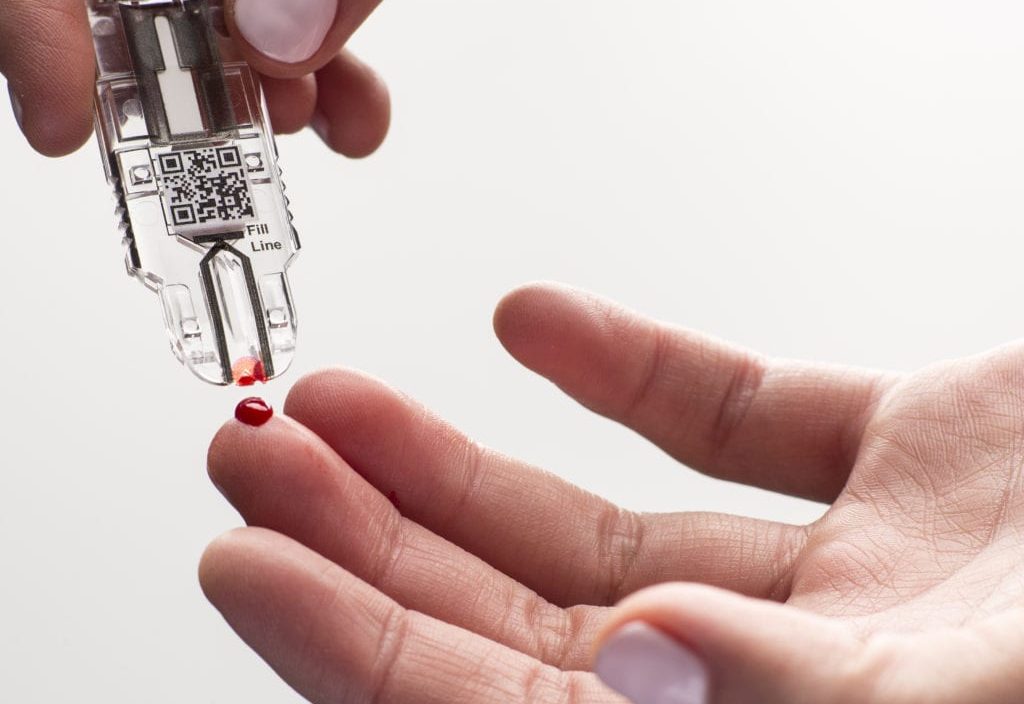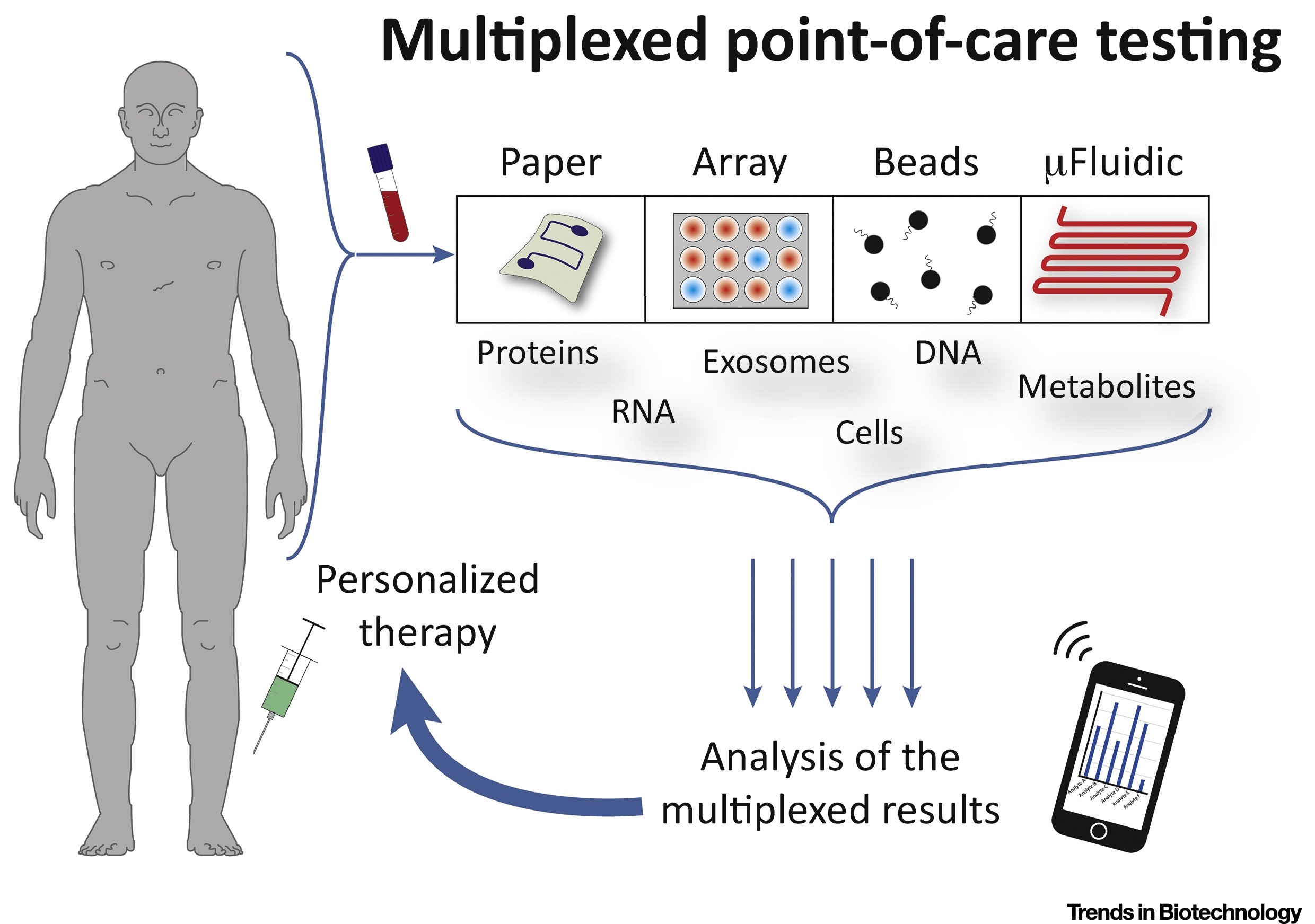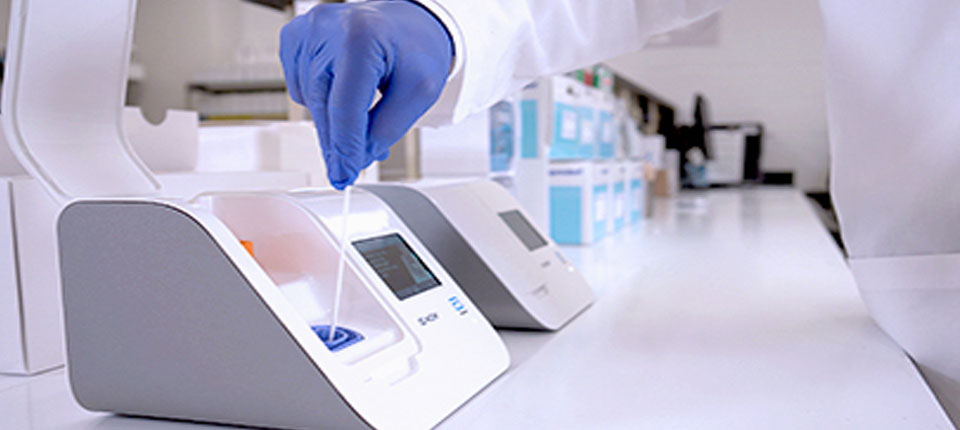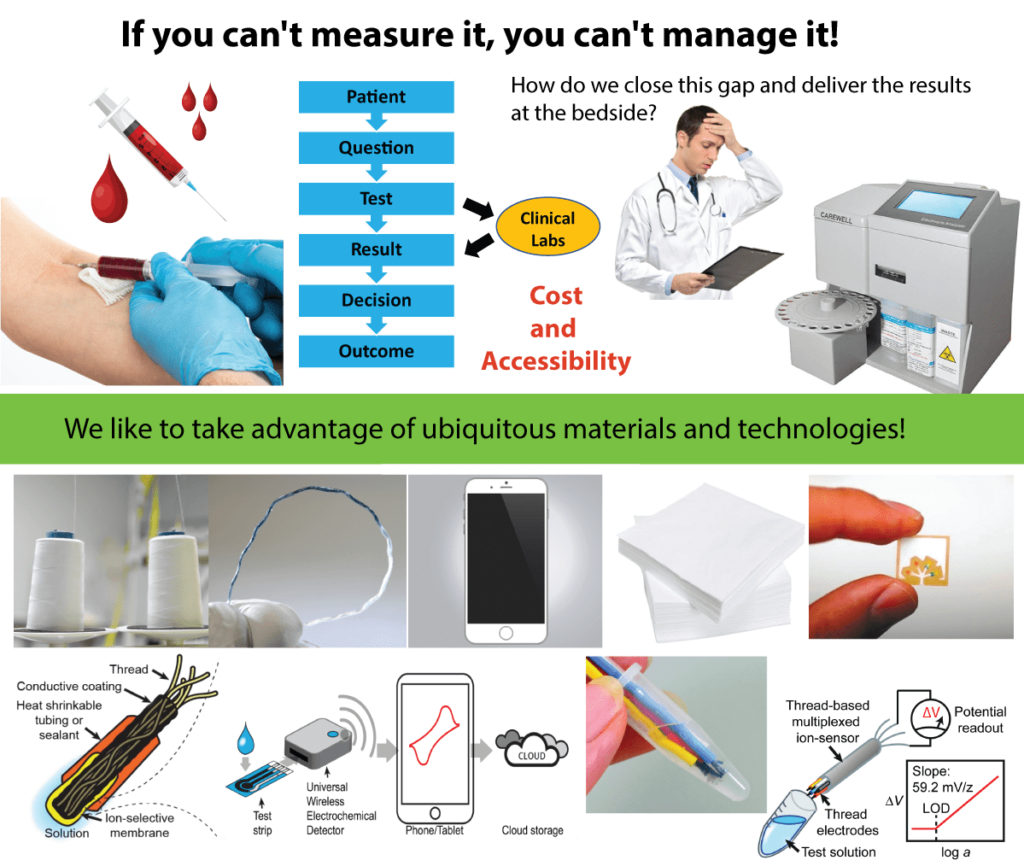Point-of-care diagnostics provide immediate results at the site of patient care. They enhance medical decision-making and improve patient outcomes.
Point-of-care diagnostics revolutionize healthcare by offering rapid test results directly at the patient’s location. These tools allow healthcare professionals to make timely and accurate decisions, significantly improving patient care. They cover a wide range of tests, from blood glucose monitoring to infectious disease detection.
Their convenience and speed reduce the need for multiple visits and long waiting periods. As technology advances, point-of-care diagnostics become more sophisticated, offering greater accuracy and reliability. The integration of these diagnostics in healthcare settings is essential for efficient and effective patient management. The future of medical diagnostics lies in these portable, user-friendly devices.
Introduction To Point-of-care Diagnostics
Point-Of-Care Diagnostics are medical tests done at the patient’s side. These tests offer quick results and are easy to use. They help doctors make fast decisions. This can save lives.
What Is Point-of-care?
Point-Of-Care (POC) means testing is done near the patient. The tests do not need to be sent to a lab. Results come quickly, often within minutes. This helps in emergencies.
POC tests include blood glucose tests and rapid strep tests. These tests are very easy to use. They often need just a small sample, like a drop of blood. POC tests help in many places like hospitals, clinics, and homes.
Historical Background
Point-Of-Care testing has a rich history. Before, tests took days for results. This was not good for emergencies. In the 1960s, the first POC tests were made. They were simple and quick.
In the 1980s, technology improved. New tests were created. They became more accurate and easier to use. Today, POC tests are vital in healthcare. They help in managing many diseases. They are used worldwide.
Technological Advances
Point-of-care diagnostics have transformed healthcare. New technologies bring fast results. Patients get better care with these advances.
Portable Devices
Portable devices are small and easy to use. They can fit in your pocket. They provide quick results, often within minutes. Doctors can carry them everywhere.
| Device Type | Function |
|---|---|
| Blood Glucose Monitors | Measure blood sugar levels |
| Portable Ultrasound | Visualize internal organs |
| EKG Monitors | Track heart rhythms |
Smartphone Integration
Smartphone integration is another big step. Many portable devices now connect to smartphones. This makes data easy to store and share. Doctors can review results remotely.
- Easy data storage
- Share results quickly
- Remote monitoring
Special apps can analyze results. They give instant feedback. This helps in making quick decisions. Patients also feel more involved in their care.
Benefits Of Immediate Testing
Immediate testing with point-of-care diagnostics offers many benefits. It brings faster results and better patient outcomes. This can transform healthcare.
Faster Results
Point-of-care diagnostics deliver results quickly. This reduces waiting time for patients. Doctors can make decisions faster.
For example, in emergency rooms, quick results can save lives. Patients get the treatment they need without delay.
| Traditional Testing | Point-of-Care Testing |
|---|---|
| Takes hours or days | Takes minutes |
| Requires lab equipment | Portable devices |
Improved Patient Outcomes
Faster results lead to better patient outcomes. Early detection of diseases helps in timely treatment. This can prevent complications.
Doctors can monitor patient progress in real-time. This ensures the treatment is effective. Patients recover faster and spend less time in hospitals.
- Early diagnosis
- Effective treatment
- Reduced hospital stays

Credit: jauntup.com
Applications In Healthcare
Point-Of-Care Diagnostics (POCD) plays a crucial role in healthcare. It offers rapid results, helping doctors make quick decisions. This technology is transforming various areas in the medical field. Below, we explore some key applications.
Emergency Situations
In emergency rooms, time is critical. POCD can save lives. It provides quick results for heart attacks, strokes, and infections.
| Condition | POCD Test | Result Time |
|---|---|---|
| Heart Attack | Troponin Test | 15 Minutes |
| Stroke | CT Scan | 10 Minutes |
| Infection | Blood Culture | 20 Minutes |
Chronic Disease Management
Managing chronic diseases is challenging. POCD makes it easier. It monitors conditions like diabetes, hypertension, and asthma.
- Diabetes: Blood glucose meters provide instant readings.
- Hypertension: Portable blood pressure monitors give quick results.
- Asthma: Peak flow meters help track lung function.
With POCD, patients can manage their health at home. This reduces hospital visits.
Challenges And Limitations
Point-Of-Care Diagnostics (POCD) has transformed healthcare. It offers quick results and convenience. But, it also faces several challenges and limitations. These issues affect its effectiveness and reliability. Understanding these challenges is crucial for improvement.
Accuracy Concerns
Accuracy is a significant concern in POCD. Misdiagnosis can occur due to faulty devices. Improper handling also affects accuracy. Devices must meet high standards for reliability. Ensuring consistent results is vital for trust.
- Calibration errors can distort results.
- Environmental factors impact accuracy.
- User errors reduce reliability.
Cost Issues
Cost is another critical limitation. POCD devices can be expensive. High costs limit access for some users. Maintenance and consumables add to expenses. Budget constraints affect widespread adoption.
| Factor | Cost Impact |
|---|---|
| Initial Purchase | High |
| Maintenance | Moderate |
| Consumables | Variable |
Reducing costs is essential for broader usage.
Future Trends
The future of Point-Of-Care Diagnostics is exciting and transformative. Innovative technologies are emerging to enhance patient care. Let’s explore the future trends shaping this field.
Ai And Machine Learning
AI and Machine Learning are revolutionizing diagnostics. These technologies analyze vast data sets quickly. They offer accurate results, which helps doctors make better decisions.
- Faster diagnosis: AI reduces time taken to diagnose.
- Improved accuracy: Machine learning models predict outcomes more precisely.
- Cost-effective: AI solutions can lower healthcare costs.
Imagine a world where AI algorithms detect diseases early. This can save lives and improve quality of care. Machine learning can also personalize treatment plans. This ensures each patient gets the best care possible.
Wearable Technology
Wearable Technology is another trend gaining traction. Devices like smartwatches monitor health in real-time.
| Feature | Benefit |
|---|---|
| Continuous Monitoring | Tracks vital signs 24/7 |
| Early Detection | Identifies issues before symptoms appear |
| User-Friendly | Easy for patients to use |
Wearable devices can alert users to potential health issues. This enables early intervention and better management. Wearables also empower patients to take control of their health. They provide real-time feedback, which can motivate healthier lifestyle choices.
The fusion of AI, Machine Learning, and Wearable Technology will redefine Point-Of-Care Diagnostics. These innovations promise a future of faster, more accurate, and personalized healthcare.
Case Studies
Case studies provide insights into the real-world application of Point-Of-Care Diagnostics (POC). They highlight the effectiveness of POC in diverse settings. Below are some impactful examples and success stories.
Real-world Examples
Point-Of-Care Diagnostics has transformed healthcare delivery. Here are some real-world examples:
| Example | Description |
|---|---|
| Rural Clinics | POC devices enable quick diagnosis in remote areas. |
| Emergency Rooms | POC tests speed up treatment decisions. |
| Home Testing | Patients can monitor chronic conditions at home. |
Success Stories
Success stories highlight the impact of Point-Of-Care Diagnostics. Here are some notable cases:
- Diabetes Management: POC glucose meters help patients manage diabetes effectively.
- Cardiac Care: Rapid POC tests for heart attacks save lives.
- Infectious Diseases: Quick POC tests for infections control outbreaks.

Credit: en.wikipedia.org
Regulatory And Ethical Considerations
Point-Of-Care Diagnostics (POC) offers quick results at the patient’s side. This can save lives. But there are important rules and ethics to follow. These ensure safety and privacy.
Regulatory Approvals
Regulatory approvals are crucial for POC devices. Without them, devices cannot be used. In the US, the FDA is the key body for approval. In Europe, the CE mark is needed. These approvals ensure devices are safe and effective. They check for accuracy, reliability, and safety.
Here’s a table showing key regulatory bodies:
| Region | Regulatory Body |
|---|---|
| United States | FDA |
| Europe | CE Mark |
| Japan | PMDA |
Patient Privacy
Patient privacy is critical in POC diagnostics. Patient data must be kept safe. Devices must follow HIPAA rules in the US. This ensures data is not shared without permission. Encryption is often used to protect data.
Here are some key points to ensure privacy:
- Encrypt all patient data.
- Ensure data is only accessible to authorized staff.
- Regularly update security protocols.
Following these steps helps maintain trust and safety.

Credit: www.abbott.com
Frequently Asked Questions
What Are The Examples Of Point Of Care Diagnostics?
Examples of point of care diagnostics include blood glucose meters, pregnancy tests, rapid strep tests, and portable blood analyzers. These tools provide quick and accurate results at the patient’s location, enhancing immediate decision-making and treatment.
What Is Point Of Care Poc Diagnostic?
Point of care (POC) diagnostics are medical tests performed at or near the patient’s location. They provide rapid results, improving patient care and decision-making.
What Is An Example Of A Poc Test?
A PoC test example is building a simple prototype to validate a new software feature’s feasibility and functionality.
What Is The Most Common Poc Test?
The most common POC test is the blood glucose test. It helps monitor and manage diabetes effectively.
Conclusion
Point-of-care diagnostics revolutionize healthcare by offering quick and accurate results. They empower patients and healthcare providers alike. With these advancements, medical care becomes more efficient and accessible. Embracing these technologies can lead to better health outcomes and improved patient experiences.
Investing in point-of-care diagnostics is a step towards a healthier future.

